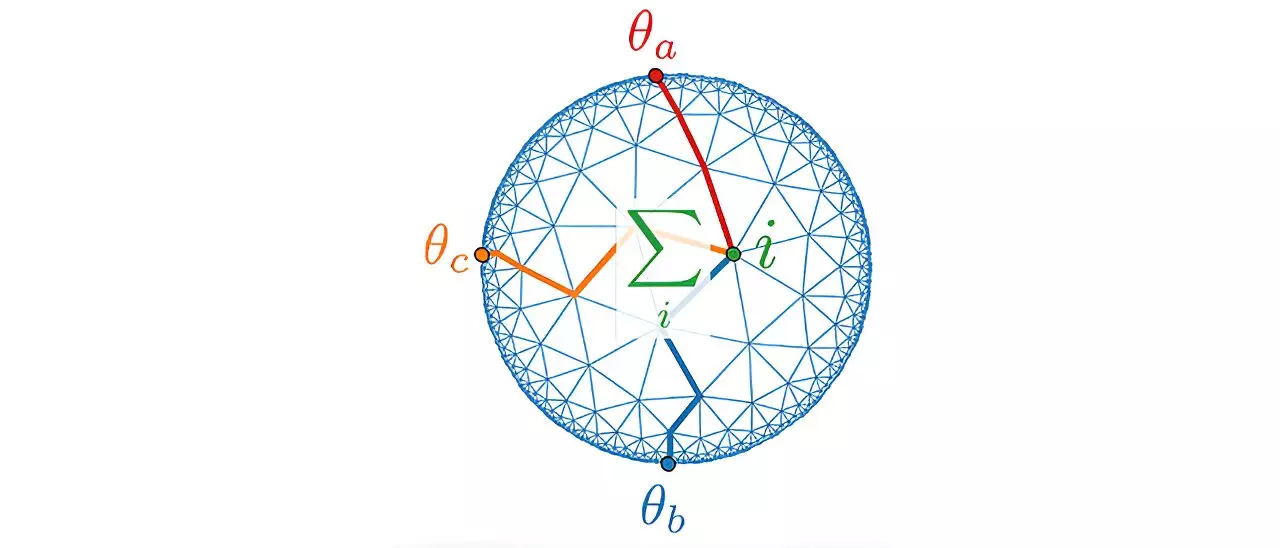The concept of gravity has transitioned from an elusive enigma to a well-defined force, particularly within the realm of classical physics. From the meticulous calculations of planetary orbits to the sophisticated navigation of spacecraft, our grasp of gravitational interactions at large scales has been remarkably refined. Yet, the pursuit of understanding gravity reaches a frontier where classical theories falter—into the world of quantum mechanics. The challenge lies in reconciling the principles of gravity that govern our universe with those that describe the behavior of particles at the quantum level.
As Professor Johanna Erdmenger from the University of Würzburg emphasizes, comprehending aspects of the universe such as the Big Bang and the intricate environments within black holes necessitates a deep understanding of gravity’s quantum characteristics. At energies that transcend conventional limits, classical gravitational laws become ineffective. Consequently, the scientific community is on a quest to formulate new theories that can encapsulate the phenomena of gravity across all scales, particularly focusing on the smallest quantum particles.
Central to this endeavor is the AdS/CFT correspondence, a revolutionary theoretical framework of quantum gravity. The correspondence posits that theories of gravity in higher-dimensional spaces can be understood through simpler quantum theories that exist on the boundary of those spaces. The terms AdS and CFT, representing Anti-de-Sitter space and conformal field theory respectively, denote two such theoretical constructs. AdS space is distinctive due to its inward curvature, akin to a hyperbola, while CFT pertains to uniform physical characteristics across varying spatial distances.
Understanding the implications of the AdS/CFT correspondence appears daunting at first glance. However, Professor Erdmenger simplifies the perspective by likening curved spacetime to a funnel. In this framework, the dynamics observed at the funnel’s edge correspond to the more complex interactions occurring within its depth. This analogy is reminiscent of a holographic image on a banknote—what appears as a two-dimensional representation conceals a richer, three-dimensional structure beneath the surface.
The research team led by Erdmenger has pioneered a method to validate the AdS/CFT correspondence experimentally. Their innovative approach involves constructing a branched electrical circuit that simulates the characteristics of curved spacetime. By mapping the electrical signals traveling through various branches of the circuit, they draw direct parallels to the gravitational dynamics expected at different points within a spacetime model.
The preliminary findings, published in the esteemed journal Physical Review Letters, reveal that the behavior of electrical signals at the circuit’s periphery indeed mirrors the predicted dynamics within the simulated spacetime. This breakthrough represents a significant stride towards reaffirming a crucial aspect of the AdS/CFT correspondence, bringing theoretical physics closer to empirical validation.
The ambitious research agenda does not end with theoretical confirmations. The team at the University of Würzburg is keen to transition from theoretical exploration to practical implementation of their findings. The implications of their research extend beyond mere academic curiosity; they hold the potential to spearhead advancements in quantum technology. As Erdmenger notes, these circuits promise to optimize the transmission of electrical signals with minimal loss, leveraging the simulated curvature of space to stabilize and enhance signal integrity.
Such innovations could herald a new era in both fundamental research and applied technology, merging the realms of theoretical physics with practical engineering. As we stand on the brink of unlocking the mysteries of quantum gravity, the work being conducted in Würzburg exemplifies how interdisciplinary collaboration can illuminate the intricate dance between the cosmos and the particle world.
The ongoing investigation into the quantum properties of gravity signals an exhilarating chapter in physics, one that promises to bridge the gap between longstanding theories and cutting-edge experiments. As researchers continue to push the boundaries of our knowledge, the intricate tapestry of the universe becomes ever clearer.


Leave a Reply